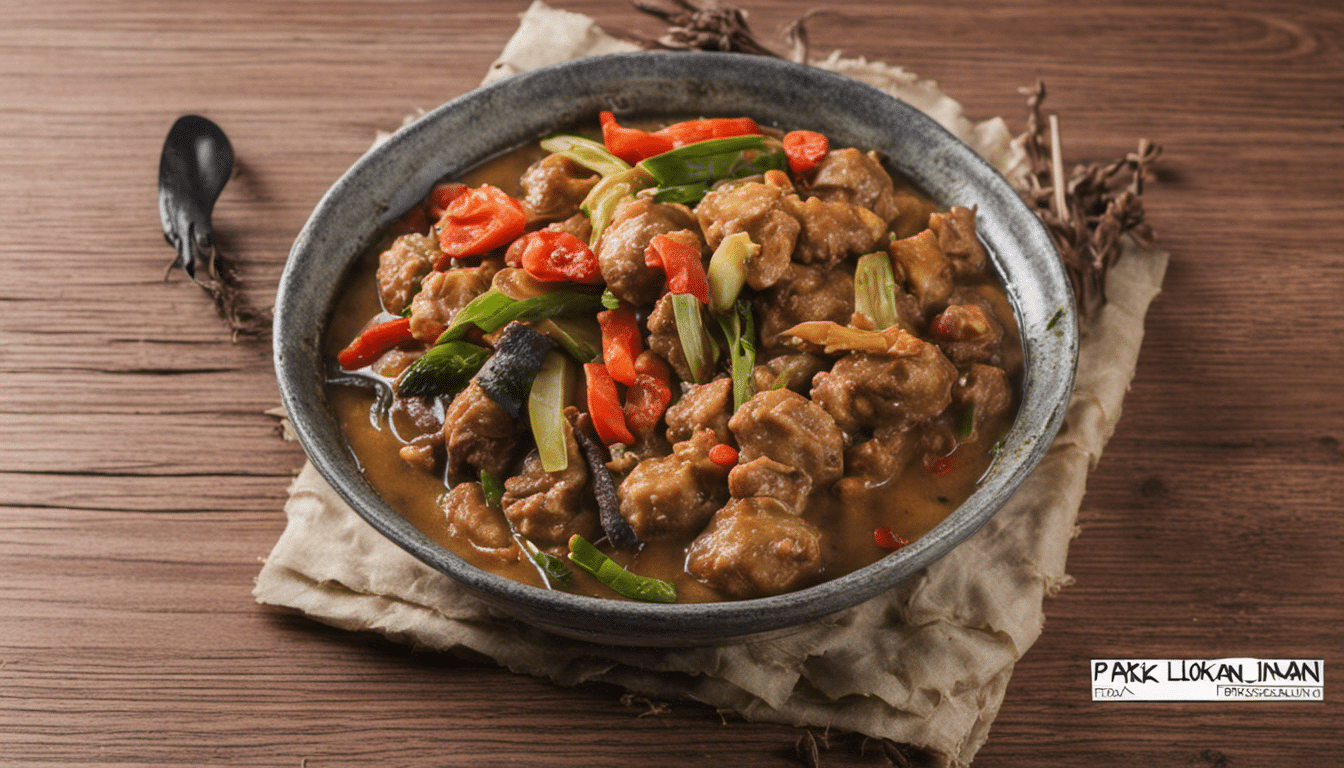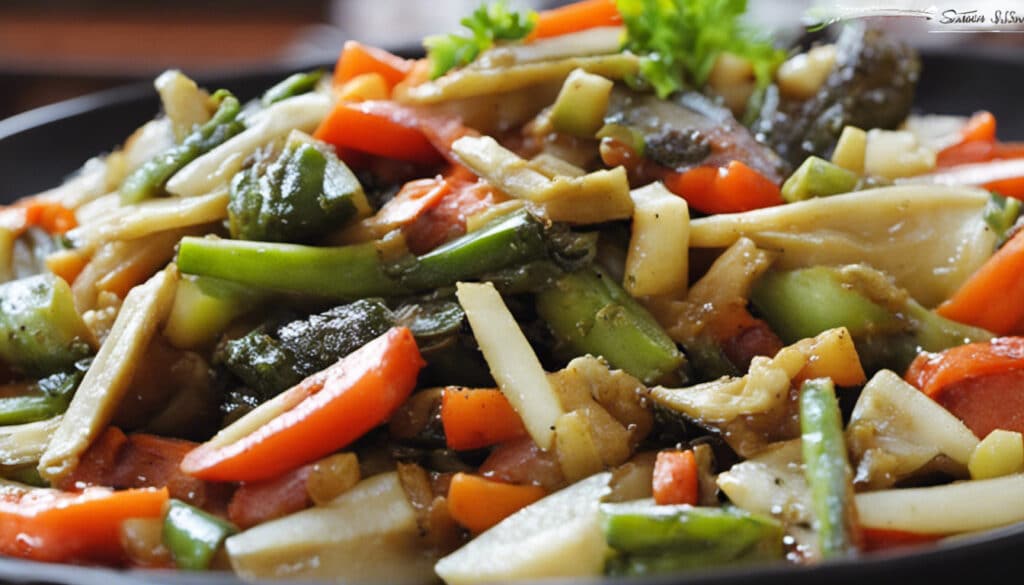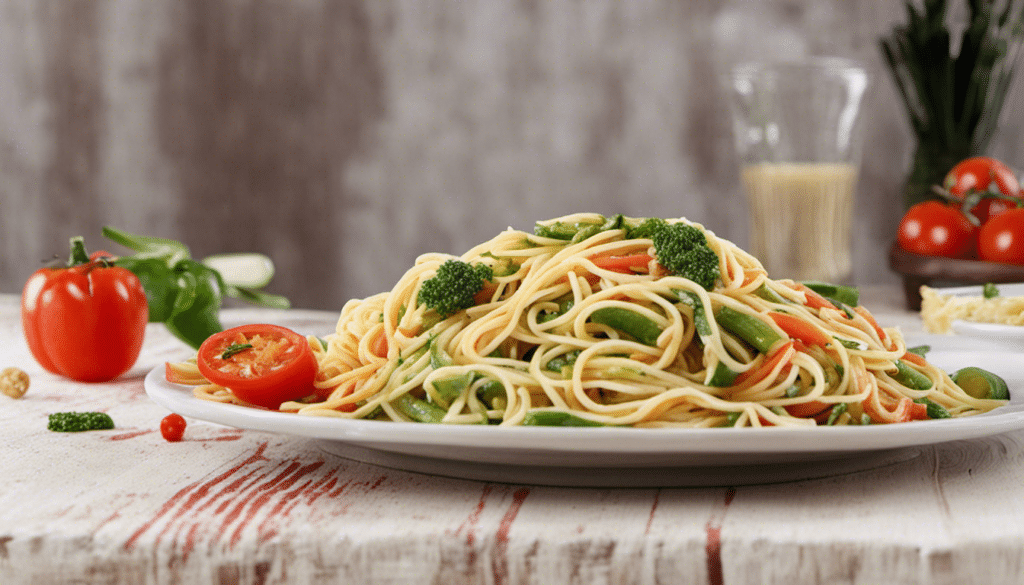| Prep: 20 mins | Cook: 40 mins | Difficulty: Medium | Serves: 6 |
It seems you’d like to replace the existing nutritional data with the specific values for the recipe for Pakbet Ilokano. However, a detailed nutritional analysis would ideally need to be performed by a specialist, such as a nutritionist or a dietician, or be calculated using specific nutrition calculation software or apps based on the ingredients. The precise caloric and nutritional content can depend on specific preparation methods, the exact composition of ingredients used, and the exact portion size.
When such data is available, it could be replaced in the HTML code accordingly as shown in the example below:
| kcal | fat | saturates | carbs |
| [kcal_value] | [fat_value]g | [saturates_value]g | [carbs_value]g |
| sugars | fibre | protein | salt |
| [sugars_value]g | [fibre_value]g | [protein_value]g | [salt_value]g |
Why I Love Filipino Pakbet Ilokano
When I first laid my hands on the recipe for Pakbet Ilokano, I was immediately transported to a sensory experience that transcended my usual fondness for Italian-American cuisine. Enthralled by its eclectic array of vibrant ingredients, I knew then that this hearty Filipino dish was a distinct departure from my usual repertoire, but a welcome adventure for my culinary curiosity.
An Unexpected yet Welcome Discovery
My Italian roots usually have me sautéing garlic, simmering rich tomato sauces and shaping generous meatballs. This time, though, it was the Filipino Pakbet Ilokano, drawing me in with the symphony of boldly flavored ingredients, not unlike the ‘Pinakbet’ from Ilocos region of the Philippines. This recipe seemed to echo some of my rustic Italian sensibilities, making it an appealing challenge to take on.
Adventurous Tastes Meets Traditional Techniques
The assortment of vegetables and tender pork belly in Pakbet Ilokano holds echoes of a classic Italian minestrone, making it feel somewhat familiar to me. However, it is the unique addition of shrimp paste that sets this dish apart. The umami-rich paste merges beautifully with the bitter melon, okra, and squash, creating a flavor profile that is at once vibrant, satisfying, and heartwarming.
Borrowing inspiration from Filipino culinary genius Chef Fernando Aracama, I was delighted to see how traditional and novel flavors could harmoniously coexist in one recipe, intriguingly reminiscent of my grandparents’ kitchen stories.
Pairing Suggestions
If we think about possible companions to Pakbet Ilokano on a sumptuous dining table, I would suggest serving it alongside freshly steamed jasmine rice for a complete, satisfying meal. You might also consider pairing this colorful medley of vegetables and pork belly with your favorite grilled seafood or chicken. In my opinion, it’s the sort of versatile dish that can complement a variety of savory entrees, adding its unique spin to the overall dining experience.
Cooking Pakbet Ilokano has been a resoundingly rich and inviting experience, expanding my palate and challenging my culinary boundaries. As I continue exploring world cuisines beyond my ancestral Italian roots, I look forward to more such delightful discoveries that can bring my dinner table to life.
What You’ll Need
- 1 lb pork belly, sliced into small pieces
- 1 medium Chinese eggplant, sliced into 1-inch pieces
- 1 medium bitter melon, sliced into 1-inch pieces
- 8 okra pods, stemmed and sliced into 1-inch pieces
- 10 small taro roots, peeled and sliced into 2-inch pieces
- 1 large sweet potato, sliced into 2-inch pieces
- 2 medium tomatoes, diced
- 1 medium onion, diced
- 3 cloves garlic, minced
- 1 piece of a thumb-sized ginger, minced
- 2 tablespoons of shrimp paste
- 1/2 cup of water
- 2 tablespoons of cooking oil
- 2 cups of string beans, cut into 3-inch pieces
- 2 cups of squash, cubed
- Salt and pepper to taste
Method
Step One
Begin by heating the cooking oil in a large pan over medium heat. Once the oil is hot, add the pork belly slices. Cook until the pork changes in color and its oil starts to come out.
Step Two
Add the onion, tomatoes, garlic, and ginger to the pan, then sauté until the onions are soft and translucent.
Step Three
Next, combine the shrimp paste and water in the pan. Stir everything together and then let it simmer for 5 minutes.
Step Four
Add the slices of Chinese eggplant, bitter melon, and okra to the pan. After you have done this, also add the taro roots and sweet potato. Stir again to mix in all the vegetables.
Step Five
Cover the pan and let it simmer for about 20 minutes, or until the vegetables are soft.
Step Six
Finally, add in the string beans and squash. Mix again. Season the dish with salt and pepper, then let everything simmer for another 5 to 10 minutes.
Step Seven
Your Pakbet Ilokano is now ready to serve! Enjoy this hearty vegetable dish with rice for a healthy and satisfying meal.




